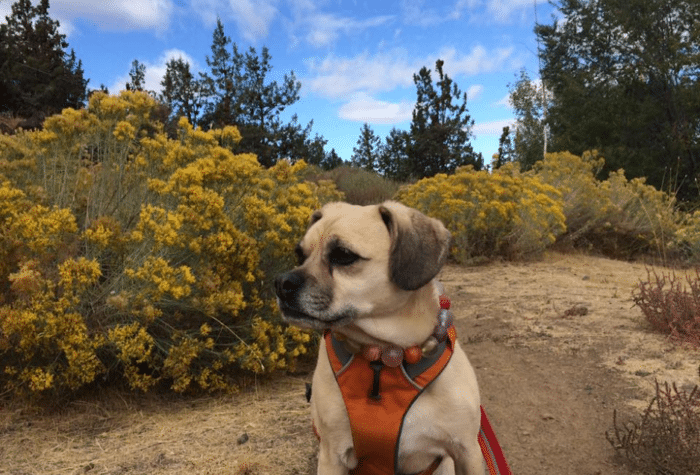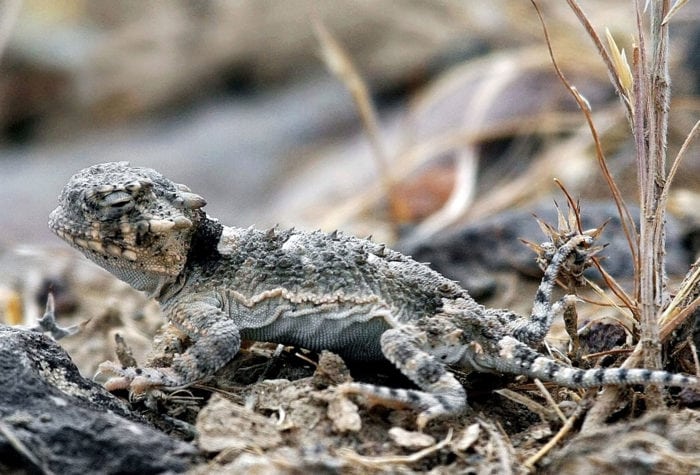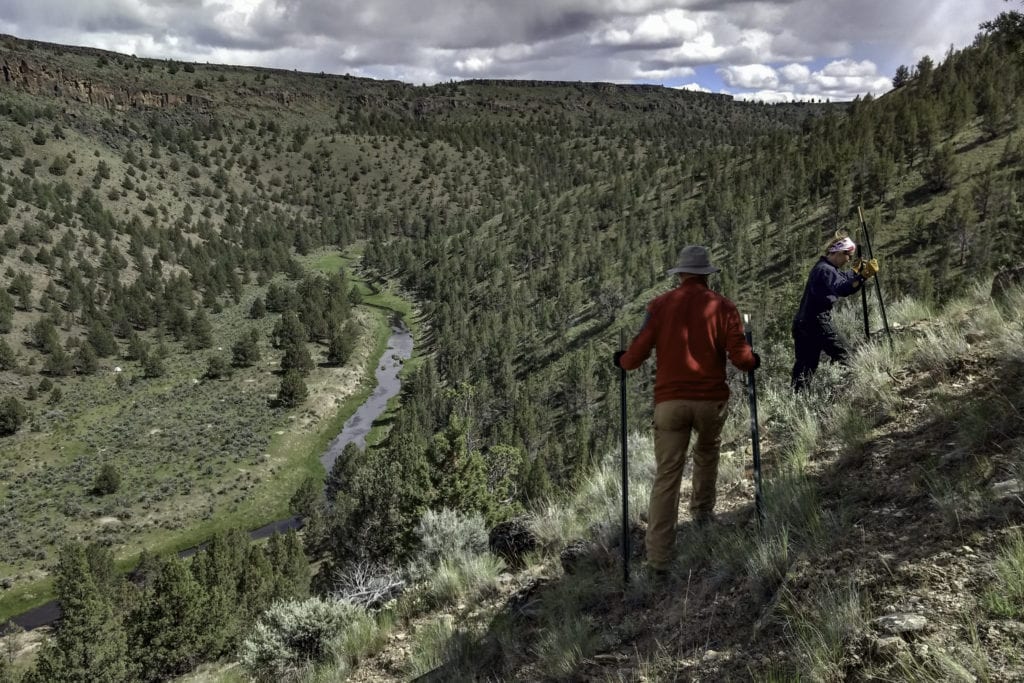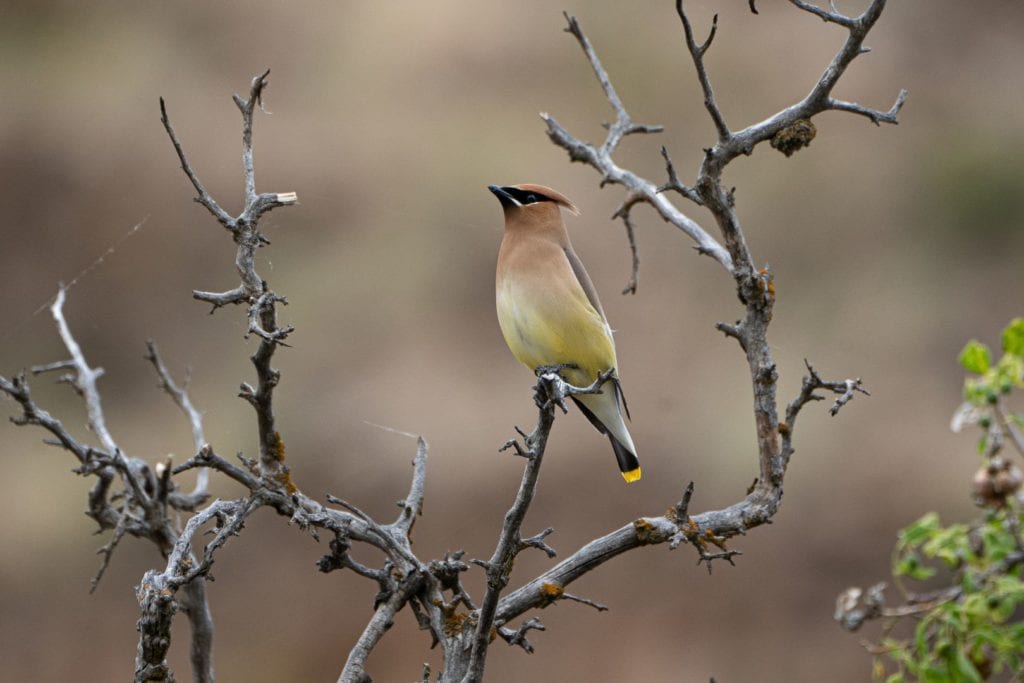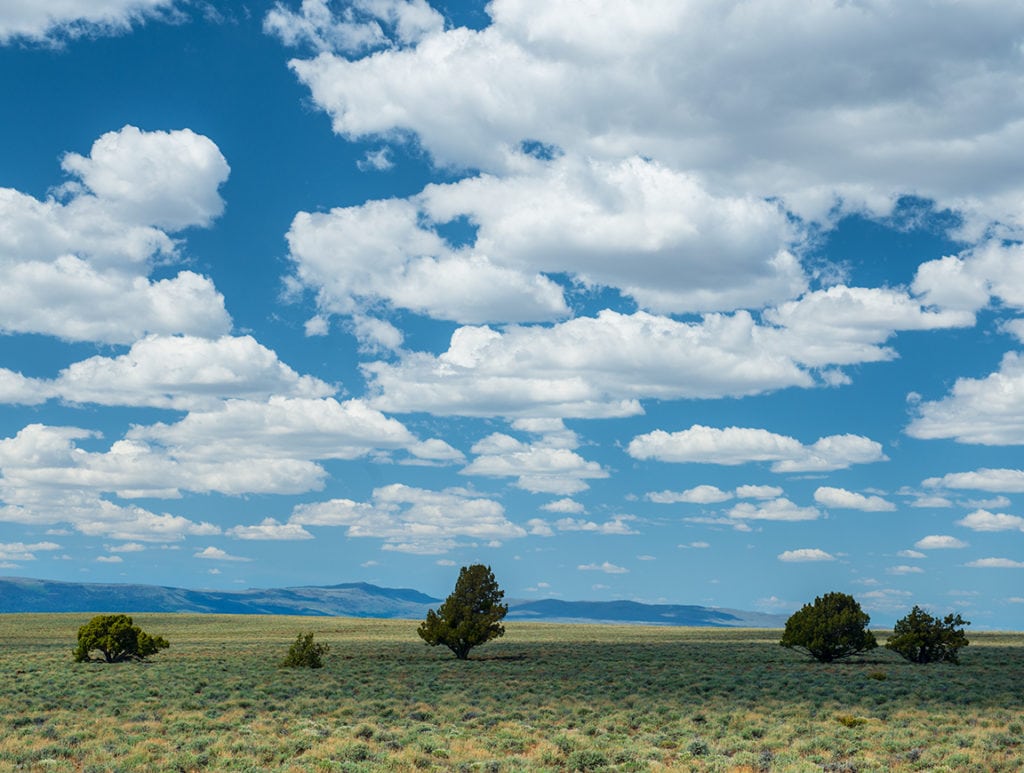Ruby Creek
Planting Trip - October 18-21
The goal of this project is to restore the ecological health of critical habitat for salmon and steelhead on the Malheur National Forest, increasing water quality and species diversity. Populations of Middle Columbia River steelhead, which are listed as threatened under the Endangered Species Act, have experienced significant declines as a result of habitat loss, damage and fragmentation. The upper John Day watershed provides essential habitat for steelhead, as well as other native fish and wildlife, and the restoration actions included in this project are a critical part of their recovery.
This trip will include plantings on Ruby Creek, Bear Creek and Butte Creek, three tributaries of the Middle Fork of the John Day River. Volunteers will be planting willow and dogwood which will help shade and cool streams to support native fish species and provide an important food source for deer, elk and beaver.
